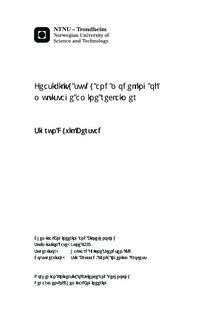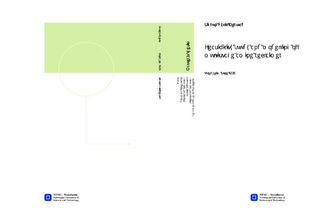| dc.description.abstract | One of the largest expenses in CO2 capture is the transport and disposal of waste from the amine reclaimer, and top up of fresh amine~\citep{KIP}. The main reason for this is because the waste stream contains quite large amounts of fresh amine, and the sheer volume of waste. If amount of MEA in waste could be reduced, both the volume of waste would be reduced, which lowers the transport and disposal cost, and the amount of amine for top up would be reduced. In other words, the total operational cost of the system could be considerably lowered.
This study investigated the possibility of reducing the amine (MEA) in the waste stream by looking at a two stage reclaiming process. A model based on the work done by Linn Christine Loe Haaversen was developed to include several new features, including a second stage. This model was the basis of cost optimization.
The cost optimization took several factors into account. The cost of waste transportation and handling, top up amine cost, cost of compressing low pressure lean amine to the pressure of main system and heat input to reclaimer vessels all were included the objective function subject to minimization. The unconstrained variables in this optimization were heat entered into both stages, and pressure in second stage.
From the results of the optimization, a second low pressure stage is beneficiary from an operating cost perspective. A cost minimum was detected where 63.9% of the MEA fed into the system was returned to the main carbon capturing plant, 36.5% in first stage, and 27.4% in second stage. At optimum, the pressure of the second stage was 65.1 kPa.
The optimization is only for steady state. Start-up and shut-down is not included. This can be looked at for future work. There are uncertainties linked to properties of compounds, and the model output have not been compared to actual values from a carbon capturing plant. This is due to low availability of information. This study is only looking on operation cost, so there should also be a investment cost analysis before concluding that a second stage is profitable or not. | |

